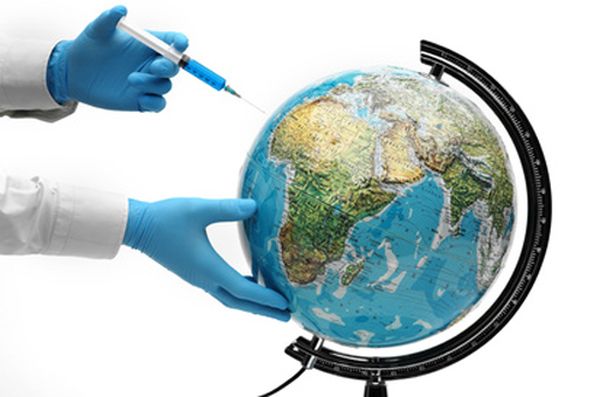Tourism officials in Golestan Province are in talks with potential investors to build Iran’s largest health tourism facility in the port city of Bandar-e-Gaz.
According to the director of the provincial chapter of Iran’s Cultural Heritage, Handicrafts and Tourism Organization, Ebrahim Karimi, the negotiations are progressing well and the recent round of talks “helped prepare the way for building the complex,” ISNA reported.
One of the main investors is a native of Bandar-e-Gaz based in Spain.
“We’ll apply for all the necessary permits as soon as possible,” Karimi said. “The city’s potential for health tourism must receive the status it deserves.”
The complex will include a hospital and hotel, as well as recreational and sports facilities.
“Once complete, the project will help drive local tourism and persuade more domestic and foreign visitors to travel to the northern province,” the official said.
Located in the southeastern fringes of Gorgan Bay in the Caspian Sea and about 48 kilometers from provincial capital Gorgan, Bandar-e-Gaz is a popular destination for domestic tourists.
Golestan authorities, ditto Iranian officials, have put a lot of stock in the potential for medical tourism to help boost the economy and create jobs.
The Health Ministry, in cooperation with ICHHTO, is set to launch an English-language website in the near future which allows potential foreign patients to directly apply for medical tourism visas. The ministry says the website will speed up the visa process and allows it to monitor the patients’ treatment.
Permits Issued
Furthermore, healthcare facilities must be licensed in order to admit medical tourists. Of the 270 hospitals in Iran active in health tourism, 125 centers have so far acquired licenses from the Health Tourism Strategic Council, which comprises members of foreign and health ministries, ICHHTO and the Islamic Republic of Iran Medical Council. Formed in early 2015, the council sets rules and regulations for health tourism providers.
In 2004, an estimated 12,000 people traveled to Iran mainly for advanced medical care, and the number reached 17,000 in 2005. However, the number of visitors in the following years is unknown due to lack of reliable data.
According to Masoud Soltanifar, the head of ICHHTO, Iran’s annual revenue from health tourism is between $400 million and $500 million, which is expected to reach $2.5 billion in the foreseeable future.
High cost of private treatment and low quality health systems in many countries in the region means there is a demand for medical services available in Iran. Those from Islamic countries are particularly attracted to Iran as they feel more safe and contented than in Arab or Asian countries offering similar services.
Geographical proximity, hot and cold mineral springs as well as low-cost and high quality health services in the fields of fertility treatment, stem cell treatment, dialysis, heart surgery, cosmetic surgery and eye surgery are contributing to the new opportunities to Iran’s health tourism — a growth industry in many countries.
According to a report earlier this month by Big Market Research, the global medical tourism market is expected to reach $143 billion by 2022.


